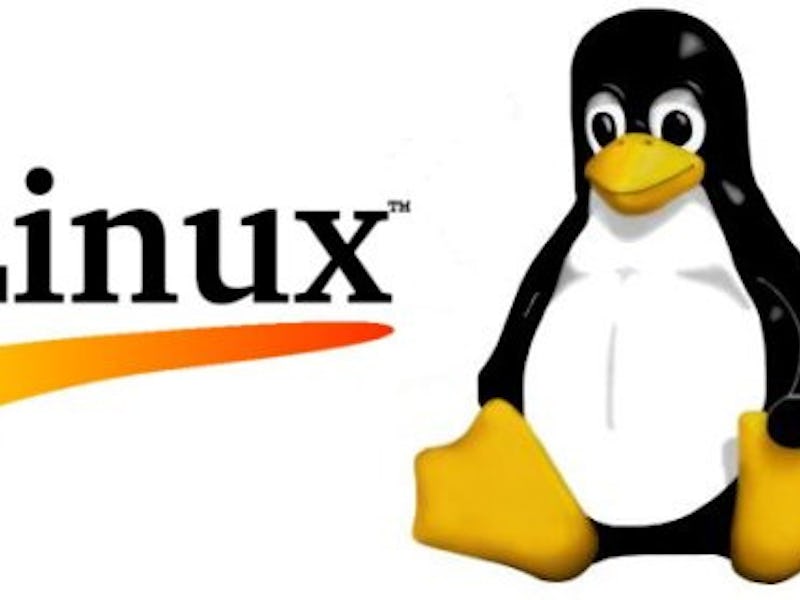What Linux Means 24 Years Later
Why the most famous open source software in the world remains unrivaled.

Linux: For most people it’s just a pretty word to say. But for programmers its still a remarkably relevant operating system given that the Linux kernel, the part of the OS managing input/output requests, arrived on September 17, 1991. It was a big deal, the dawn of the open source age for the OS world.
Exactly 24 years later, approximately 1.52 percent of all computer desktop users around the world use Linux as their operating system. It’s popular within a community, but not more broadly. And the reason for that is simple: Linux has never been easy to fully understand. To bastardize a line about the Velvet Underground’s debut album: Linux was only adopted by a few thousand users, but everyone who began using it was or became a computer programmer. The kernel is unquestionably peerless and its legacy cannot be understated.
To non-techies, that probably sounds vague. What is it exactly that made Linux so special? Why was it so influential to the computing world?
For one, it’s worth emphasizing again that Linux was a free, open source software when it was released. It was capable of running on practically any personal computer. When Linus Torvalds released the Linux kernel to the public, developers from around the world quickly adopted it and began customizing it in ways he had never considered. Today, the kernel has contributions from as many as 12,000 programmers worldwide.
The devices ecosystem has blown up in the last decade, and Linux has adapted accordingly. It can run on smartphones, routers, web servers, TVs, tablets, and on Nest thermostats. More amazingly, Linux can boast being used on 92 percent of the world’s top 500 supercomputers. It’s also worth remembering that the Android OS includes the Linux kernel. The most widely used operating system for mobile devices can trace its lineage to Linux.
Open source software empowers a community to fix bugs, develop patches, provide assistance, and collaborate quickly on projects. This doesn’t just mean programmers working out of their basements — Linux’s fans includes big names like Google, Facebook, IBM, NASA, the NYSE, Amazon, and many more. A study found that source code running on Linux had an average of 0.17 bugs per 1000 lines of code, as opposed to an overall average of 20-30 bugs per 1000 lines. It is beautifully programmed because it is programmed by people who care.
And at the risk of sounding like a broken record: it’s free. Developers trying to create something new with very little money would be wise to lean on the Linux architecture for this reason alone.
This year saw the release of version 4.0 of the Linux kernel. After two-and-a-half decades, Linux shows no signs of slowing down. It’s no exaggeration to say today’s digital world would not be what it was without Linux, and another several decades will only serve to further validate it’s continuing legacy.